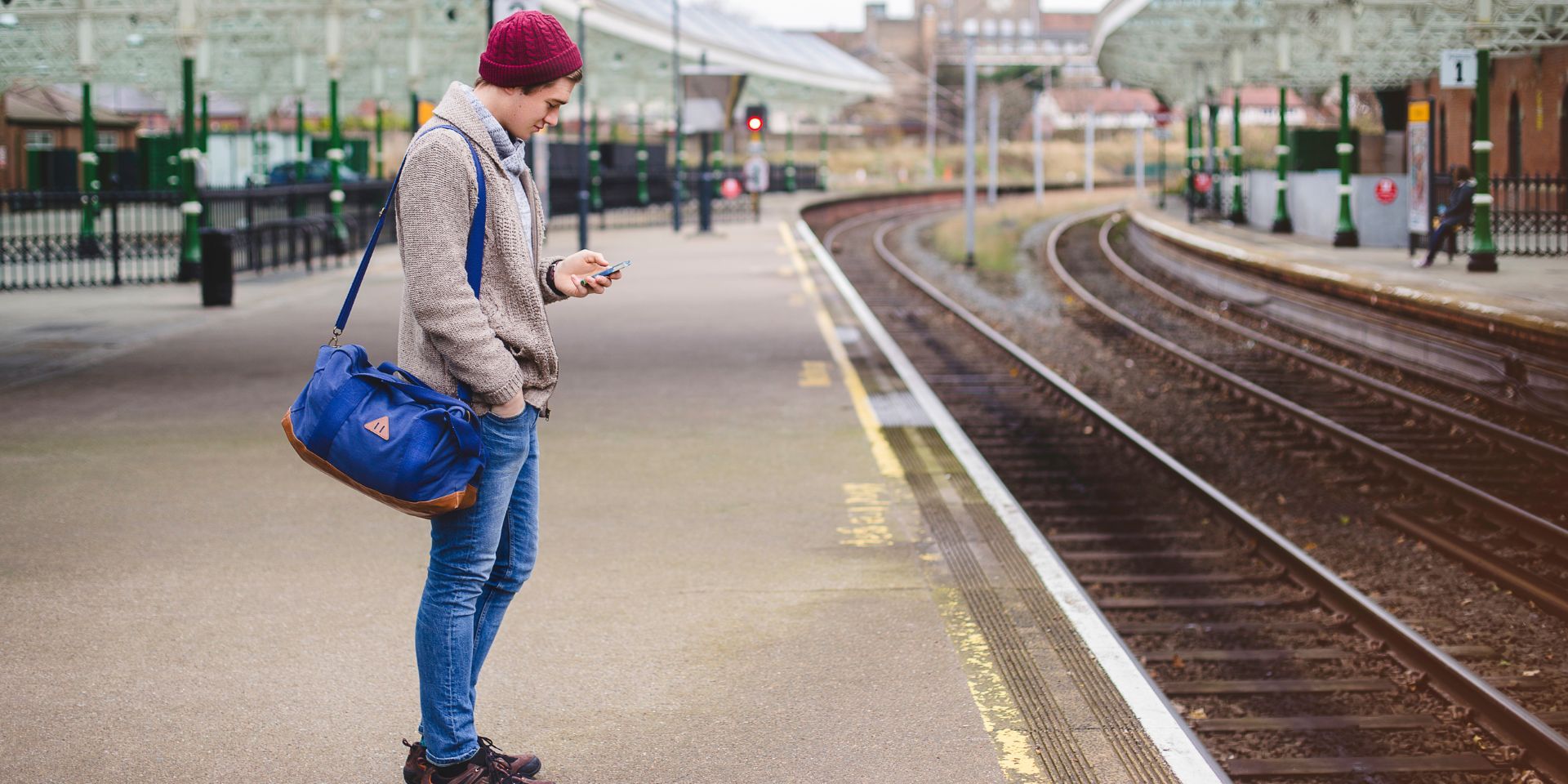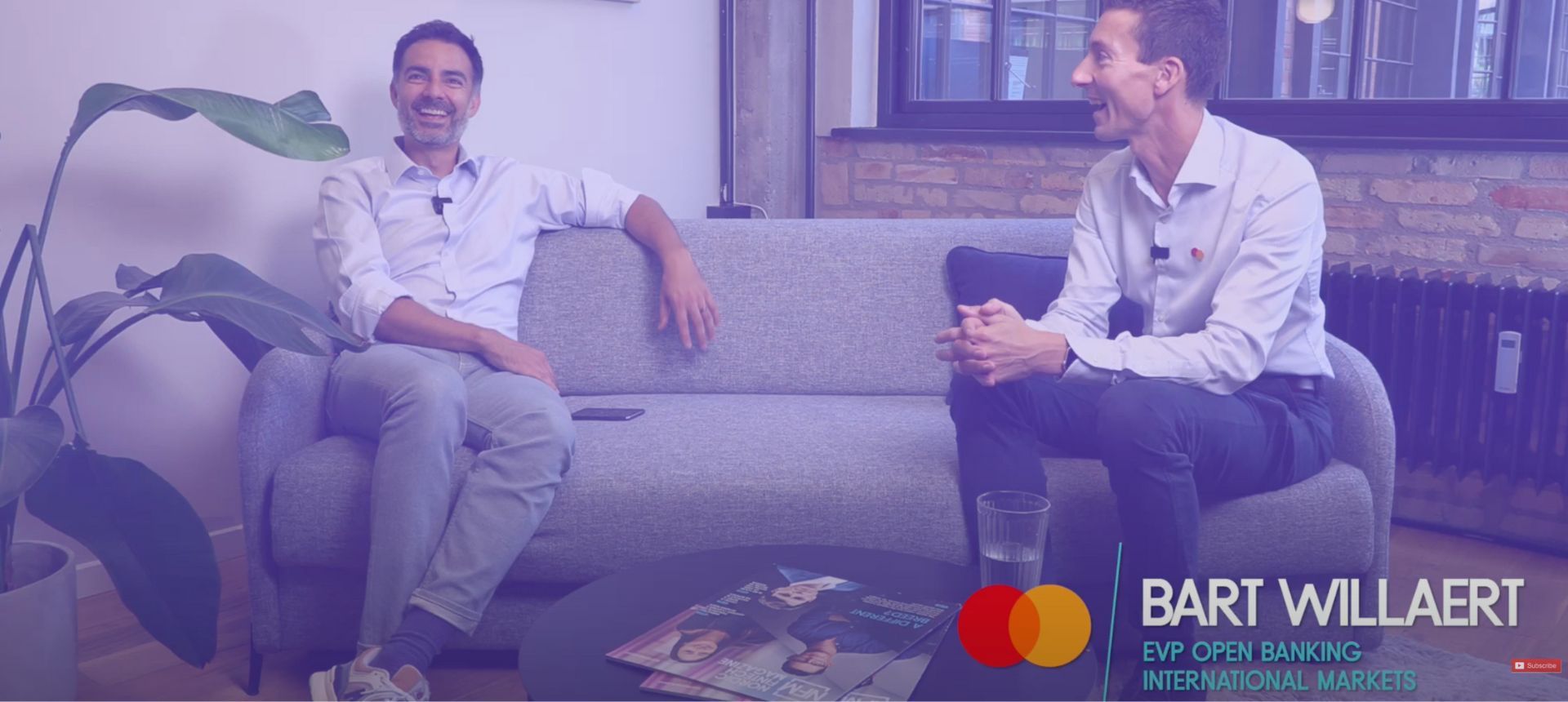
Here's how open banking is changing the payment landscape
September 15, 2020 | Louise Basse
The financial sector has referred to account payments as the next major shift in the payment landscape for a long time. Now, the expectations are starting to come true, writes Business Insights in a recently published article. Read the full piece below and learn why open banking is changing the payment landscape as we know it.
Since the launch of the first modern credit card in 1958, new technologies have turned our world upside down. Still, the plastic card has dominated the payment infrastructure for decades. Even today, it remains the starting point when we pay in a webshop or tap contactless in the supermarket. But this is about to change.
Buzzwords such as PSD2 and Open Banking are starting to bring real change in the form of account payment. And the Danish fintech company, Nordic API Gateway, which has developed an Open Banking platform, has, in collaboration with a Finnish partner, already shown how account payment can change the payment flow when customers shop online.
“When you press pay in a webshop, normally a payment window will appear, where you select a credit card type and enter 16 digits. With the PSD2 solution, an interface appears, where you select your bank, log in to your online banking, select an account, receive a receipt, and then, return to the webshop. So you don’t have to enter any information – but rather log onto your online banking as you usually do,” explains Rune Mai, Founder and CEO at Nordic API Gateway.
And users have been quick to embrace this new payment solution: Since the integration at the beginning of the year, the use of the solution has increased dramatically. Today, webshops receive 200,000 monthly account payments through the Nordic API Gateway platform.
A new flexible payment option
The integration of banking data was the first significant step in Open Banking, but it is the payment that makes the difference. This, the large Norwegian bank DNB experienced after launching account aggregation six months ago, where customers can gather their bank accounts – including those from other banks.
“It gained momentum when it became possible to pay between the different accounts – then there was a real advantage for the customers by using it. Now they could both see data from different banks, but more importantly, also perform banking activities across the banks,” Mai explains.
Accountant payments are, therefore, not just a new option for webshops. The infrastructure is flexible, so it can also be utilised for subscription payments or integrated directly into, for example, an accounting system.
“It provides additional convenience and additional security – and it may very well be the means of payment which should have been there from the start. You just log in to your online banking as usual, and when you’ve paid, you haven’t left any information. So you don’t have to worry about losing your credit card or having credit card data stolen,” says Rune Mai.
Volume is coming
Nordic API Gateway predicts that in 2-3 years, 10 % of all payments will be account payments.
Contactless payment has exploded during Covid-19 – also in Denmark. Many people have gotten used to the fact that using a credit card and entering a code is starting to become outdated. And this also paves the road for people to utilise their smartphones to a greater extent – both when you shop online and when you shop in a store. So the development is accelerated away from physical cards and into more virtual solutions,” Rune Mai states.
Over time, he believes that it will become quite common to regard your account as the natural interface for secure payments. And as a positive side effect, it will reduce the number of plastic cards we carry around in our wallets. According to figures from the International Card Manufacturers Association, in 2019 alone, 37.1 billion plastic cards were produced.
“Today, you don’t have cash, but rather 8-10 cards from various banks and loyalty memberships in your wallet. Turning away from this and into a secure digital service will benefit the whole world. It’s, in fact, a kind of waste product if we can live without it by utilising technology,” Rune Mai says.
Did you know that Nordic API Gateway won the Finovate Award Best Mobile Payments Solution of the Year? Drop us a line or visit our partnership use cases to learn more about how you can use open banking payments to create more user-driven services.




